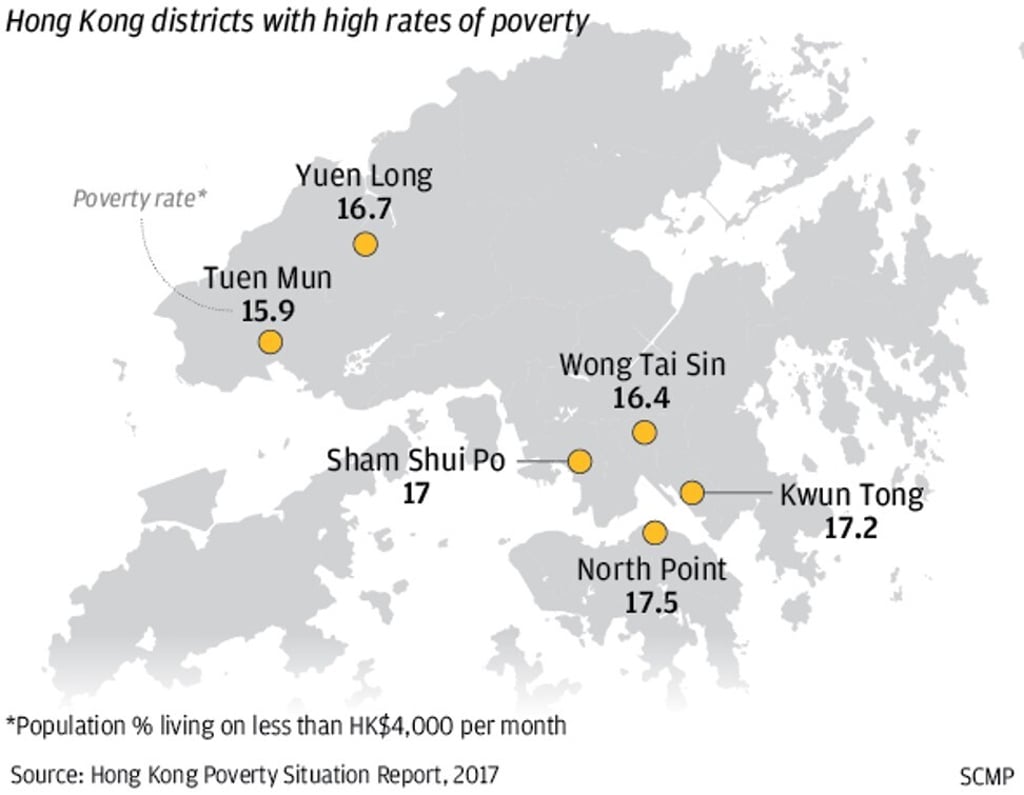Advertisement
Opinion | Give Hong Kong’s poor high-speed internet to help bridge the digital divide
- Lack of access to computers and internet connectivity is leaving poor children and adults struggling in school and at work, the latest data show
- A bold plan offering high-speed internet and computer access for all underprivileged families is needed, especially now as society struggles to recover from Covid-19
Reading Time:3 minutes
Why you can trust SCMP

Helping the poor in Hong Kong involves more than handing out masks. With 31.9 per cent of Hongkongers suffering from a range of chronic illnesses, for example, it makes Covid-19 a particularly nasty ailment to deal with. This pandemic poses challenges that require creative solutions, and not just in public health.
Internet inequality is a case in point. Stuck at home, the poor are constrained by their lack of computers and high-speed internet. The government’s Thematic Household Survey on personal computers and internet penetration, published in March, shows a large gap between the poor and the better-off.
While 96.5 per cent of Hongkongers making HK$50,000 (US$6,500) or more per month have an internet-connected computer at home, only 65.5 per cent of those making HK$10,000 to HK$20,000 do – and just 33.8 per cent of those making less than HK$10,000.
Advertisement
Most access to computing by the poor is through a mobile phone, which has a 91.5 per cent penetration rate. However, a palm-sized device is inadequate for most basic computing tasks at work, such as word processing, spreadsheets and database entry.
Advertisement
Even before Covid-19 struck, internet inequality manifests itself in a learning divide that is well-documented among schoolchildren who are falling behind their peers in education. Schools equalise the socioeconomic playing field by providing students with libraries, computing facilities, face-to-face counselling from school staff, social opportunities with other children and time away from problems at home. Equal access to these resources gives poor children a path to middle-class jobs and higher earnings.
But the pandemic has exacerbated the problem. While it is hard enough for well-equipped students to replicate the school environment at home with notebook computers, video conferencing and multimedia websites, the scholastic experience for the poor is much more limited without them.
Advertisement
Select Voice
Choose your listening speed
Get through articles 2x faster
1.25x
250 WPM
Slow
Average
Fast
1.25x

